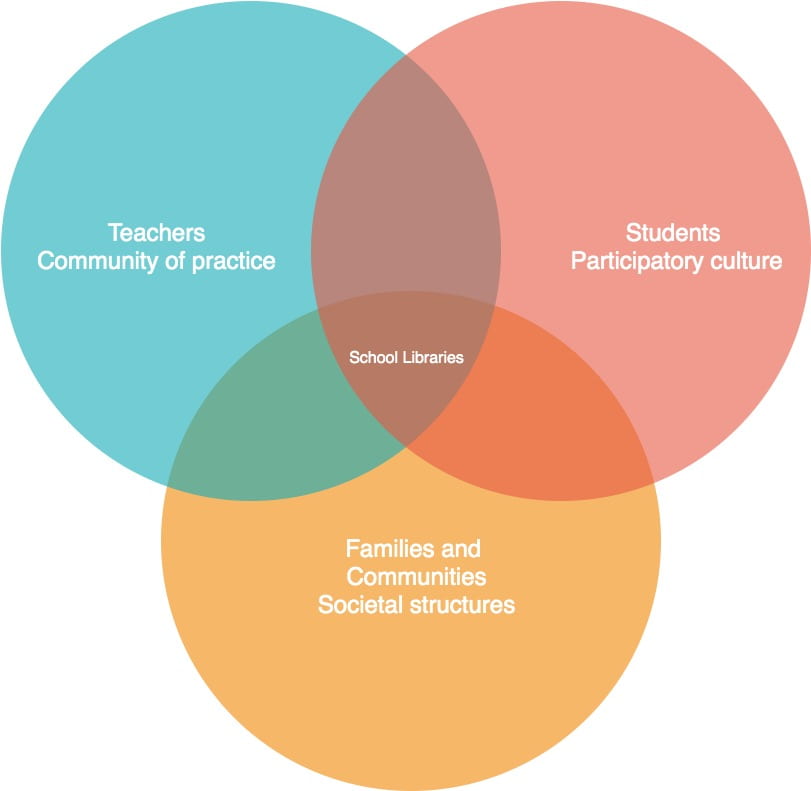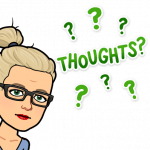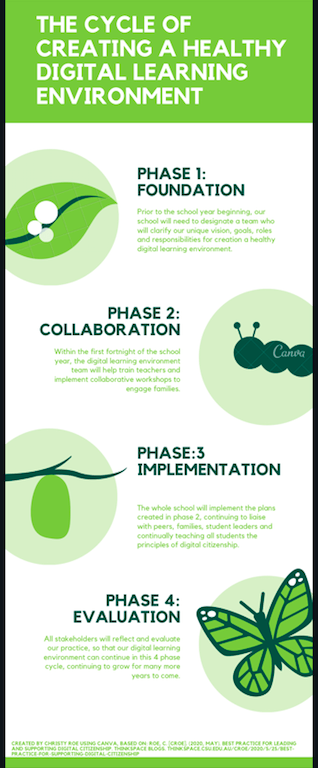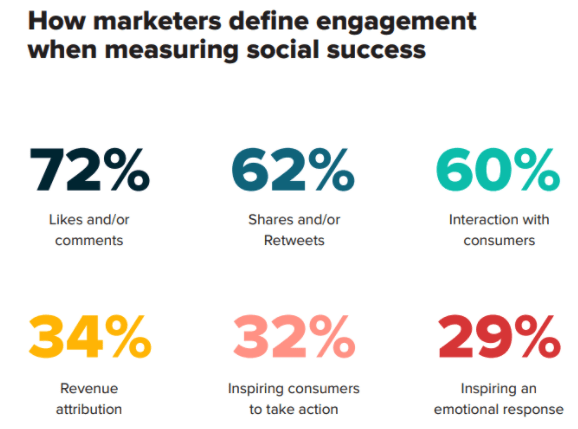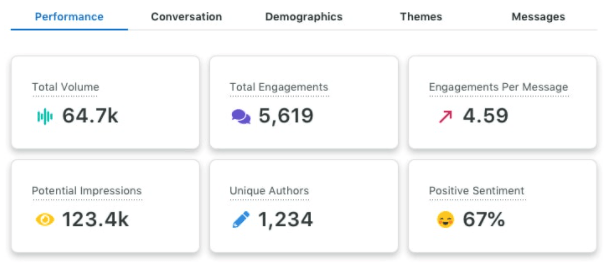
OLJ Task: Social news sites – My Musings
Recent events have caused a major cultural shift in how we view ‘news’ and the media responsible for ‘reporting’ the ‘news.’ Yet, it is not actually all that recent. I myself (born in the 1970’s) can remember turning off the television or radio when the news came on, because it was just a report of everything that went bad in the world on that day, not to mention the fact that the glossiness and gleaming smiles of the presenters did not match my reality and provided me no social capital. My sister in law prefers Instagram to Facebook for exactly that reason: she finds Facebook brings her down, where Instagram less so. Many of my colleagues refuse to engage in a professional Facebook page because they claim ‘we don’t use it for that.’ This concept of being lost in the quagmire of negative ‘news’ (or the ‘negativity bias’ of humans) is not new as seen in publications such as this BBC news article (Stafford, 2014).
In any discussion around society (online or otherwise) it is important to recognise that human societal narratives are a result of their environment, not the cause. While face-to-face interactions have had a series of ‘rules’ and guidelines for civility, online interactions by comparison are merely at their infancy stage and so too are the devices which regulate them.
When looking at the following online news media sites: reddit, Digg, Newsvine, Hacker News, and Nuzzel I look hesitantly. I suppose I am old school? I like my news to be newsworthy? I dislike having to sift through advertising (often made to look like news) – its exhausting! Reddit pages that I follow or that they’ve selected for me based on what I’ve put in as my ‘interests’ tell me ‘lurkers are welcome.’ Digg has a better layout, more professional…Newsvine is run by NBC which I know to be a local network out to make a profit. HackerNews – no thanks, hacking is illegal and I don’t want to be a party to it even remotely. Apparently ‘top influencers’ use Nuzzel…is this what we’ve come to? Aspiring to be a ‘top influencer?’
UPDATE: For more academic reflections on social news media, please see my (extra) blog post: This Just In – Reflecting on the 2021 American Insurrection.
Social media tools and platforms – Reflection on INF506 Module 3
First of all, how cool is the website “Internet Live Stats?” My mind boggles at the amount of background work required to obtain this information and I wonder at its reliability…? But, it certainly offers a clear view at how daunting it would be to keep up with all of those platforms in a small company!
- Continuing on from my previous blog post, individual contexts (eg. schools) need to identify the platforms, websites, blogs and social media that would best engage their users or prospective users and develop a digital (learning) environment (DLE) framework. To paraphrase Stoddart, Chan & Liu (2016, p.143):
“(While) an excellently considered and employed facilitation framework in no way guarantees a successful outcome… a non-existent framework or poorly facilitated project will certainly limit the chances of a successful project.”
2. In order to determine which platforms to use or how to use them in your context, consider the most populated social media platforms, who is using them (eg. according to Komljenovic (2018) more high-income earners might use LinkedIn, XING, ResearchGate or Academia.edu) and how often they are using them. As of October, 2020, Statista have identified the following social media platforms as the most popular, based on ‘active users’:

3. While digital environments have the capacity to improve our lives, we need to plan for maintaining a safe, professional and healthy work-life balance on social media and online overall. Specifically, in terms of social media, we need to be mindful of possible negative impacts for ourselves as professionals as well as for our users, particularly with regards to physical health, mental health, life satisfaction and body mass index (Shakya & Christakis, 2017). Shakya & Christakis (2017) recommend we plan how we will attempt to exponentially increase face-to-face interactions in order to counteract the negative impact of online interactions, and to maintain a policy of quality social media interaction rather than quantity of social media interaction.  (NOTE: I have also discussed in previous blog posts how, as teacher librarians, we need to work to assist our colleagues and students to manage the information overload issues of ‘filter failure’ and ‘filter bubble.’)
(NOTE: I have also discussed in previous blog posts how, as teacher librarians, we need to work to assist our colleagues and students to manage the information overload issues of ‘filter failure’ and ‘filter bubble.’)
4. I like the idea of using a ‘web log’ a.k.a. blog or wiki (using something like GoogleSites) as a library hub, helping teachers and students with information literacy and other relevant topics, as discussed by Maxwell (2019), and would seek to include this in the website of my future school / library context(s). I could also then share my blog posts or other library information via social media. Alfonzo (2019, p.33) suggests that libraries could use social media for communication and knowledge sharing, particularly reaching members of the community who might not know about the information sources otherwise.
5. I also feel that student blogging is a great idea, having done it for myself for two years as part of this degree, I am so glad, looking back that I’ve maintained my learning and have a way of reminding myself or others about key information science issues and learning. Maxwell (2019) suggests that student blogging, when monitored and done safely and effectively, can improve student literacy skills, global connections, sharing perspectives and links for families to view their children’s progress. I also like the idea of student wikis using GoogleSites, suggested as offering better understanding of the writing process for students (Stoddart, Chan & Liu, 2016).
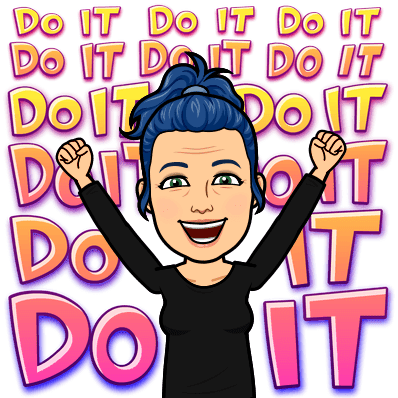
[I also like the idea of having a staff wiki. Currently, staff communicate via Sentral but have their own teaching programs and classroom strategies. These would be much better coordinated by a wiki or maybe GoogleSites?]
6. Promoting and advocating the library blog (&/or wiki) and the library on the context’s selected social media and intra-net platforms (i.e. using ‘micro blogs‘ / tweets) is a whole new concept for me. [Personally, I dislike Twitter, and indeed, the whole concept of word limits – if I’m honest! 280 characters or less? No thanks! I prefer the motto ‘why use 1 word when 20 will do!’] However, I like the idea of Mentionapp as an analytic tool for hashtags (although I had to set up a professional twitter account to use it and that turned out to be a bit of a hassle). I can also see the benefit of having live updates via a Twitter feed in times of hardship, such as the COVID-19 pandemic, as proven by Alajmi & Albudaiwi (2020). I am just not sure if I want to be the one responsible for it… Alfonzo (2019, p.35) recommends these things to ensure ‘search engine optimisation’ (SEO) and that is to use a business profile, use the same @handle across all accounts and link the accounts wherever possible (eg. Instagram links to Facebook), have an engaging profile picture (and for situations where teachers don’t want to use their own pictures they can use a Bitmoji), using the whole library name (in my case, ‘Teachers Who Know Me’ as I don’t work in a library yet) as the account names, @symbols and #hashtags, having a library mission statement and contact details in the description or bio, add categories and story highlights wherever the application allows, and use the free analytics some social media networks offer.
7. Roadblocks and concerns abound! Not only am I concerned about the physical, financial and well-being cyber safety of young or naive social media users, I am also concerned about which members of the community social media does NOT reach or whose views are being privileged (based on the user demographics). I have concerns as well about the increased workload (and budgetary expense) of maintaining a digital learning environment – including social media platforms. Furthermore, the fears and issues around change leadership that may arise when introducing innovation in a workplace (which may or may not have a community of practice work culture). I myself am reluctant to use Twitter with any level of skill or benefit to the context and I consider myself fairly tech savvy (so, I can only imagine how someone less tech savvy might feel at being forced to use these platforms) and training and development will surely be required if the platforms are to be of any success… Thus, I read Vanscoy, Hicks & Cavanagh (2018) with the hopes that they would offer some insight into how to manage these roadblocks.
References
(2019). Linkedin, platforming labour, and the new employability mandate for universities. Globalisation, Societies and Education. 17:1, 28-43. doi: 10.1080/14767724.2018.1500275
Maxwell, L. (2019). A librarian’s journey in blogging. Library Technology Reports, 55(5), 21-24.
Shakya, H.B., Christakis, N.A. (2017). Association of Facebook use with compromised well-being: a longitudinal study. American Journal of Epidemiology. 185(3). 203–211. doi: https://doi-org.ezproxy.csu.edu.au/10.1093/aje/kww189
Statista (2020). Global social networks ranked by number of users 2020. https://www.statista.com/statistics/272014/global-social-networks-ranked-by-number-of-users/
(2016). Enhancing successful outcomes of wiki-based collaborative writing: a state-of-the-art review of facilitation frameworks. Interactive Learning Environments. 24:1, 142-157. doi: 10.1080/10494820.2013.825810
Vanscoy, A., Hicks, D., & Cavanagh, M. (2018). Understanding public libraries’ conversations: Promises and challenges of microblogging data. Paper presented at the Proceedings of the Annual Conference of CAIS/Actes du congrès annuel de l’ACSI.
